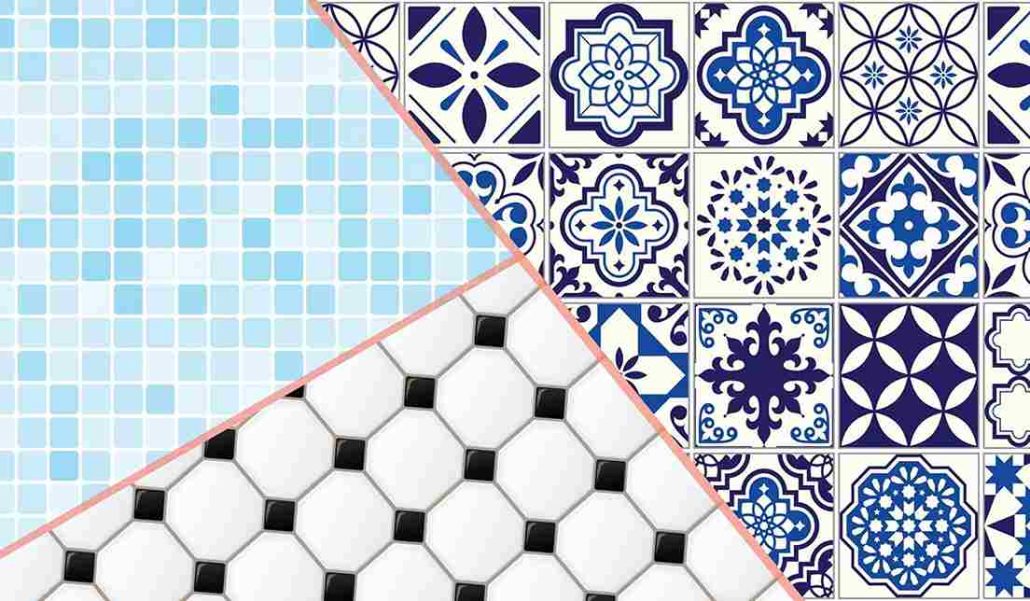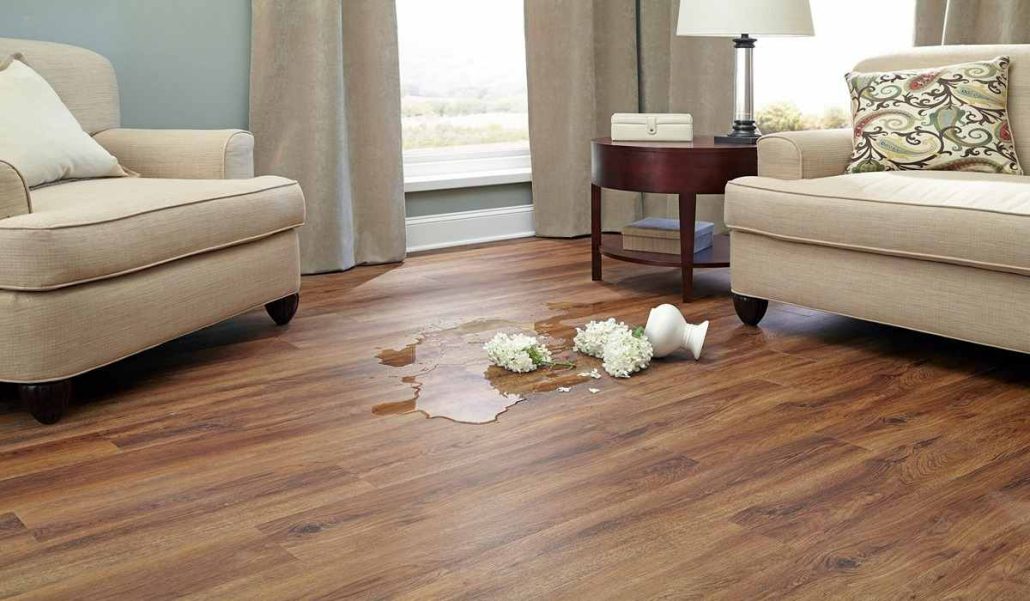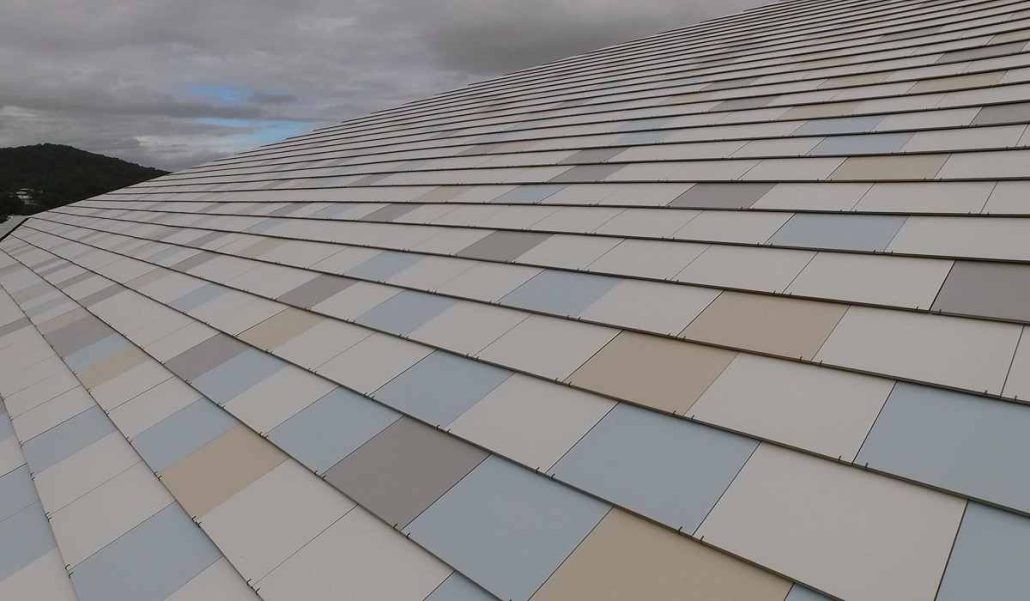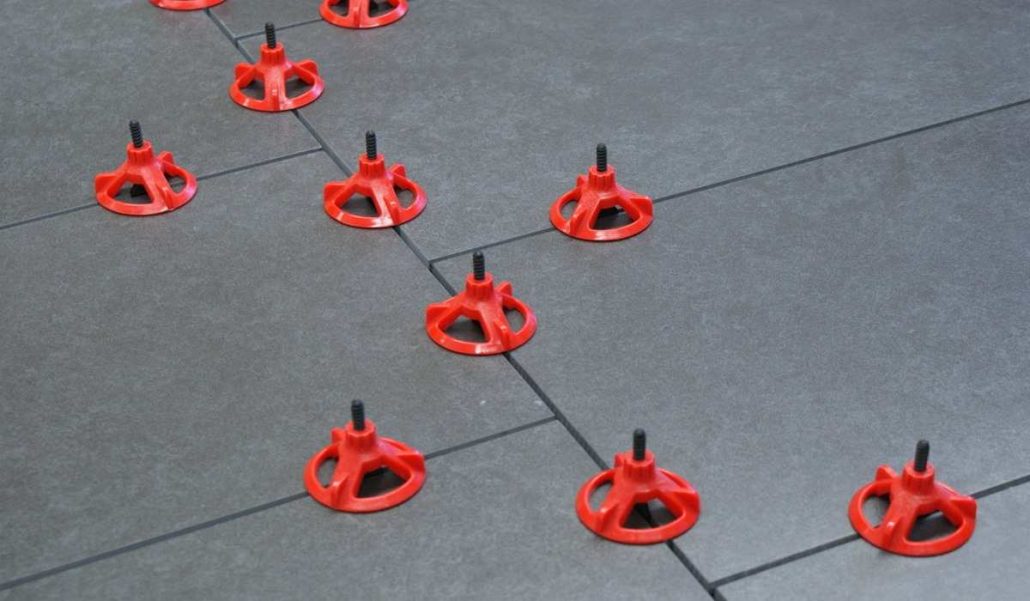The Best Price for Buying Vitrified and Porcelain Tiles
In this post, we will compare vitrified tiles vs porcelain tiles and try to describe both materials and their composition
Additionally, we will provide you with the characteristics of each kind of tile and the benefits one has over the other
Tiles are an essential component of any architectural design, regardless of whether the space in question is inside or outside
Because tiles provide a one-of-a-kind flair to every space, you need to exercise the utmost caution when selecting tiles for your home in order to get the most bang for your buck
When it comes to choosing to tile, one of the most common sources of confusion is determining which kinds of tiles to use, especially whether to settle on the tried-and-true porcelain tiles or the more contemporary vitrified tiles
However, in order to arrive at a decision on which tiles are most suited for your interior design, you must first have an understanding of the distinction between the two

The word “vitrify,” which refers to the act of producing glass or anything like glass, is where the term “vitrified tiles” originated
This category contains the many kinds of tiles that are produced using the process of vitrification
Vitrified tile is well-known for its ability to absorb less water (often less than one percent), in addition to its resistance to stains (when applied with NANO polishing)
Clay and silica are the two primary raw ingredients that go into the production of vitrified tile
This combination is used to create a tile that does not have pores and has a glossy surface
Porcelain tiles, on the other hand, belong to the category of vitrified tiles; as a result, vitrified tiles are also a term that is occasionally used to refer to porcelain tiles
Whether glazed or unglazed, these tiles have full-body vitrification and are often crafted from a combination of clays and feldspars
These tiles have an absorption rate of less than 0
5 percent for water (ISO 10545-3)
These tiles have the following specific characteristics: Superior tensile and shear strength Resistance to the frost Excellent resistance to abrasion
Because porcelain tiles, like ceramic tiles, are made from a blend of fine-grain clay and other minerals, it is reasonable to classify porcelain tiles as a kind of ceramic tile

Porcelain tiles, on the other hand, may be distinguished from other types of ceramic tiles by virtue of their very solid bodies as well as the extremely high temperatures at which they are fired
The Dry Pressed technique was used during the production of these tiles
Because of this, the tiles are denser than ordinary ceramic tiles and have a longer lifespan
To round things off, The surface of porcelain tiles has a grainy appearance
The body of a genuine porcelain tile is uniformly colored across its whole
Even if the tile chips, the damage will be less obvious since the color of the tile will still be visible below the chipped surface
Glazed and unglazed versions are the two primary variations available
Glazed porcelain: first, a coating of glaze is placed on the top surface of the tiles, and then printing is done on top of the glaze
GVT is the name that most people in India refer to it as (GLAZED VITRIFIED TILES)
Unglazed porcelain: unglazed tiles keep their natural appearance since there is no glaze applied to them
When it comes to durability, unglazed is the better option over non-glazed ceramics
In addition to the classifications mentioned above, a porcelain tile may either be polished or un-polished (Matt)

Polished Porcelain Tile: Following their time in the kiln, the tiles go through two stages of calibrating and sizing to achieve their final dimensions
A conveyor belt transports the fired tiles to the first calibrating equipment for inspection
The calibration process involves eliminating a predetermined quantity of material to produce an even surface by means of a flattening operation
The calibrating process utilizes tools made of diamonds
After that is the Polishing step, the manufacturing process for polished porcelain tiles includes this step, which is considered to be one of the most important steps
During the polishing process, tangential heads are used to remove any scratches, shadows, or other telltale evidence of machining from the surface of the tile
This procedure also ensures that the sides are squared and chamfered appropriately
At this point, the nanosurface application (if there is one) is carried out
Un-Polished Porcelain Tiles: In this process, all of the procedures stated above are omitted, and the tiles go directly to quality assurance and packaging
Because these tiles are more resistant to moisture, they are often used in areas prone to high humidity, such as bathrooms and laundry rooms
It also has the benefit of being long-lasting
[Added Advantage] The installation of these tiles might be a challenging undertaking
Due to the fact that the tiles are very tough and sturdy, considerable effort is required in order to cut them into the desired shapes
As a result, we are able to distinguish between the two quite quickly
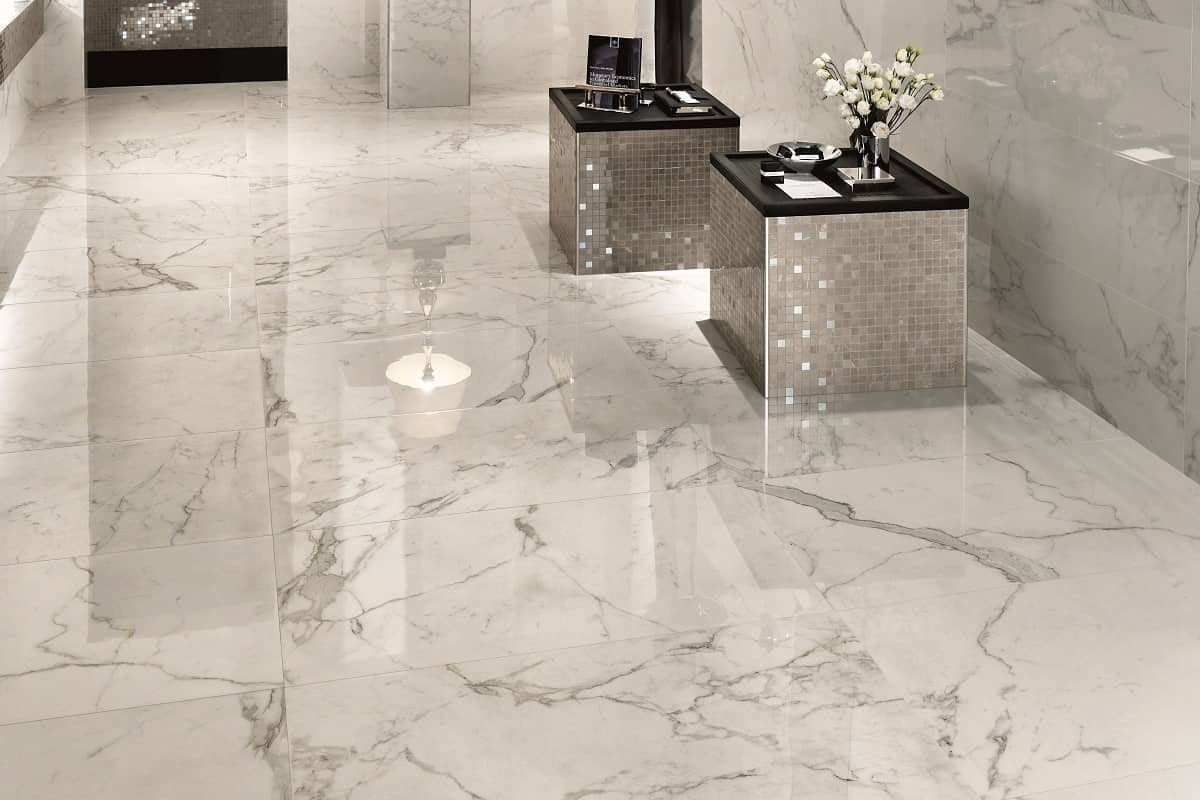
A Condensed Version: Vitrified tiles are produced by a process known as “vitrification
” During this process, the vitrified tiles are constructed at high temperatures in order for the raw ingredients to de-form and bond together in order to produce a single, solid tile
The vitrified tile market includes porcelain tiles, which, by and large, are classified as whole-body vitrified tiles
This market segment includes porcelain tiles
It indicates that the tile has a water absorption rate of less than 0
5 percent, which is typical for porcelain
However, there is no apparent victor between the two when it comes to deciding between them since both are sturdy and provide more utility than other solutions for tiling
The fact that both of these titles can be purchased in a myriad of different styles and patterns contributes to the overall visual appeal of the products
In light of this, making an educated selection between vitrified tile and porcelain tile based on a comparison of the two would ultimately come down to a question of personal preference


